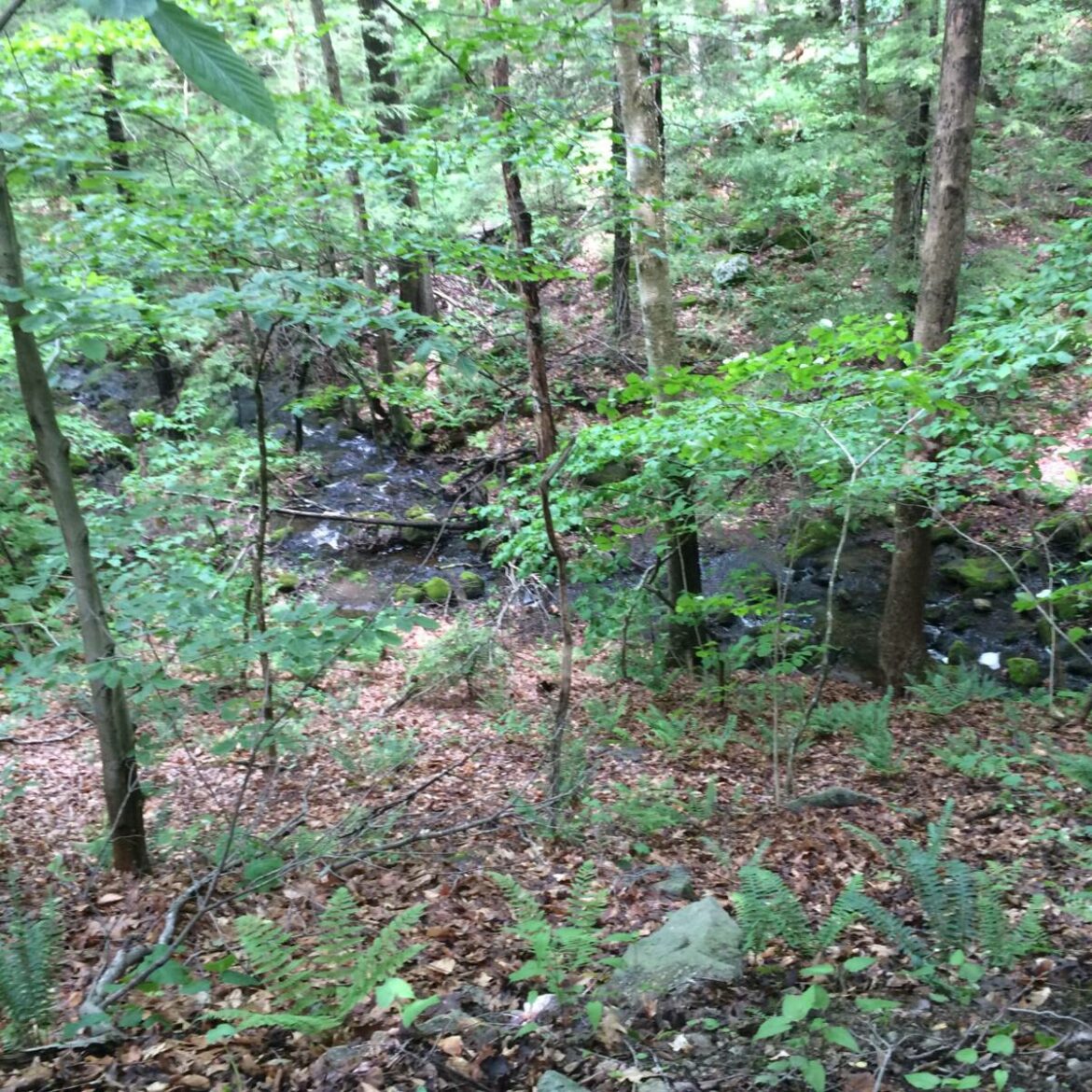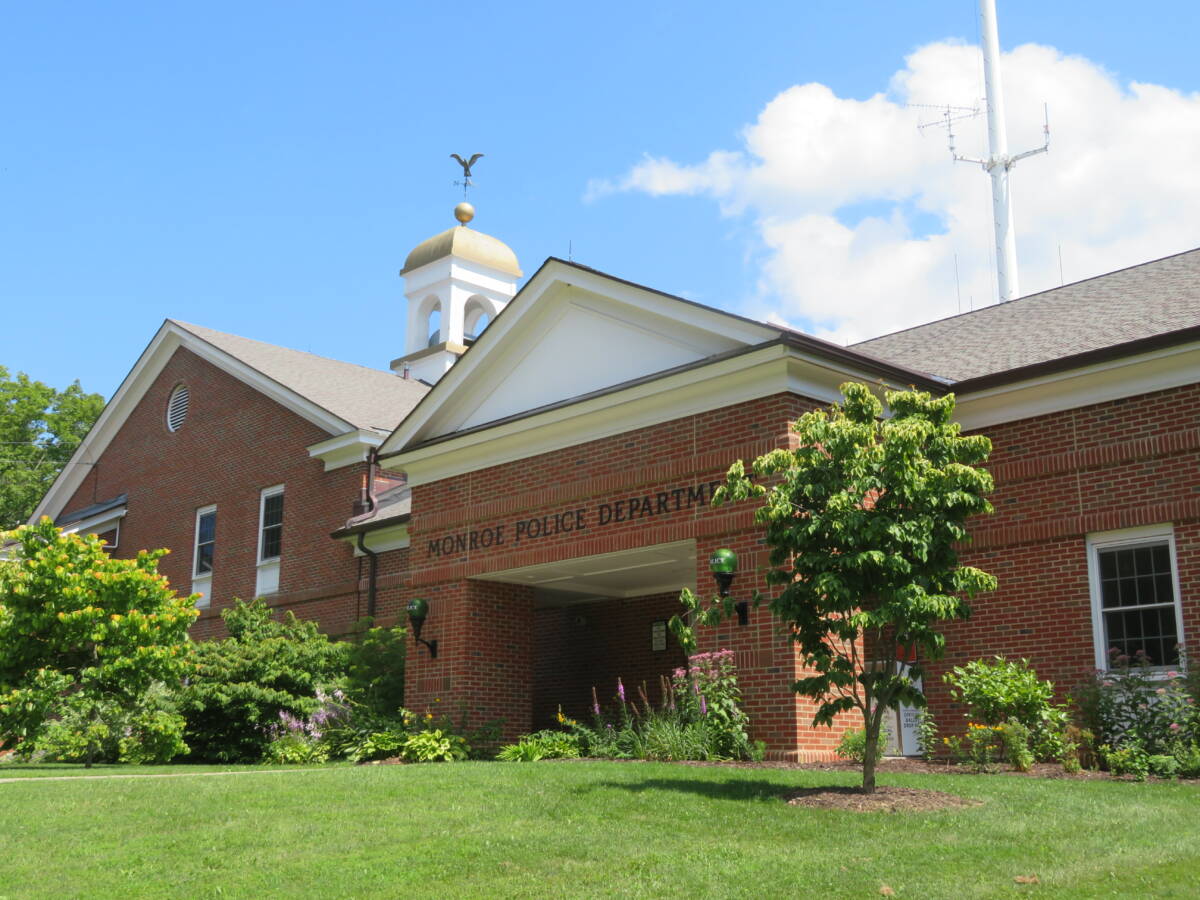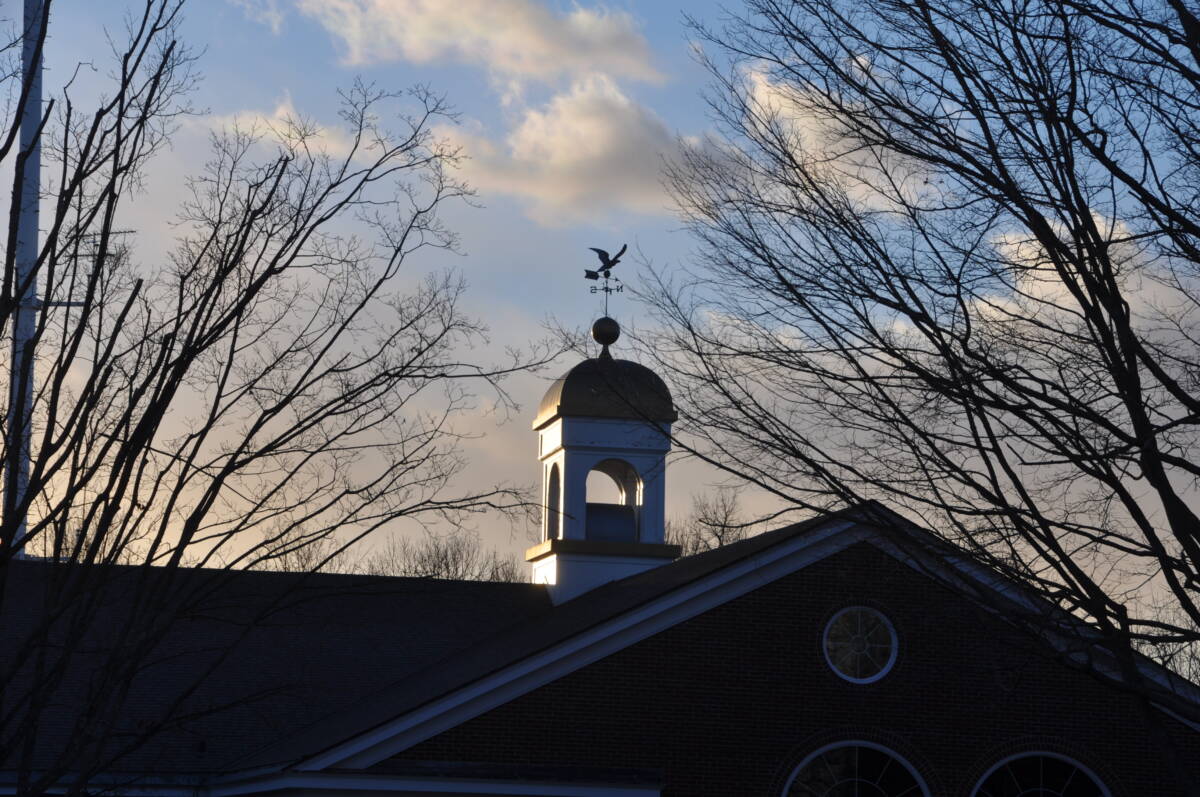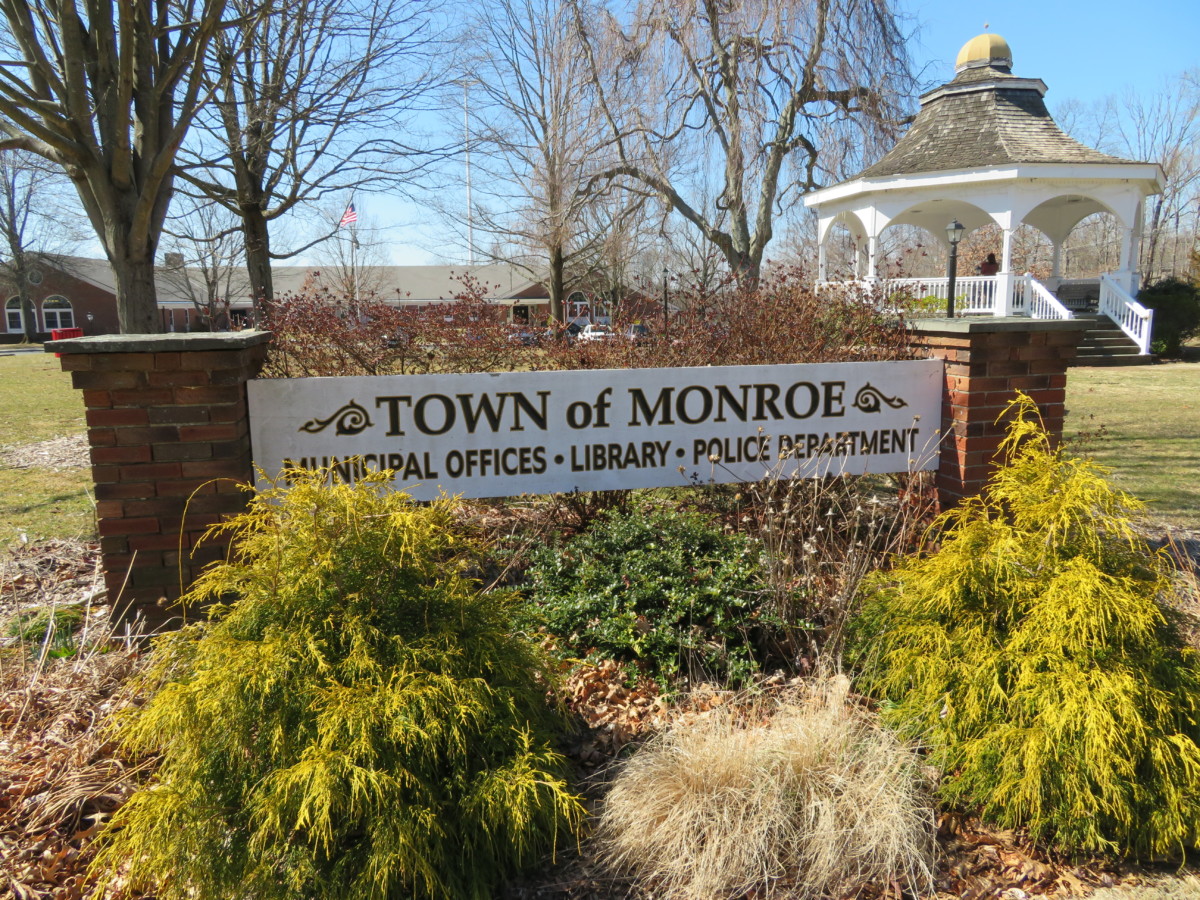MONROE, CT — Whether you enjoy hiking — with or without the dog — biking, fishing, or simply taking in the sights and sounds of nature, Aspetuck Land Trust has a lot to offer with its unspoiled properties throughout the region, featuring forest and pasture lands brimming with wildlife.
Founded in 1966, Aspetuck Land Trust (ALT) is a nonprofit membership organization that maintains 43 trailed nature preserves that are open to the public.
“Our mission is the preservation and conservation of open space, including farm and forest land, and the natural resources located thereon, primarily in the towns of Easton, Weston, Fairfield and Westport, for the benefit and education of the public,” according to the ALT website.
This summer’s merger of the Monroe Land Trust and Tree Conservancy (MLT) and ALT adds a fifth town and more members, while continuing the work of the former MLT after a loss of volunteers.
Since its inception, ALT has preserved over 2,000 acres of land that will be maintained in a natural state in perpetuity. Membership donations from the general public help maintain and preserve the land.
“There is something for pretty much any interest – hiking, hiking with kids, fishing, bird watching, mountain biking, and dog walking,” said Barbara Thomas, who joined MLT in 2012 and has been an ALT member since 2018, recently joining the board. “Nature is all around us, even if it is just a couple of pots of flowers on a porch to watch the bees and butterflies, but there is nothing like being in the middle of acres of woods for de-stressing and getting some exercise and fresh air.”
“What I enjoy about open spaces is definitely walking out in the middle of a wooded area and seeing the native shrubs and other plants out in a natural setting and seeing the changes over the seasons,” Thomas added.

Aaron McGoldrick, of Monroe, served as president of MLT for several years. He is now a member of ALT and plans to volunteer on a committee for trail maintenance and future land acquisition.
“I originally got involved in the Monroe Land Trust as a way to volunteer my time in an area that means a great deal to me,” said McGoldrick, who focused his studies on environmental science and biology in college. “My wife Samantha and I worked with a small committee to become a 501c-3 and then I went on to be the president of the MLT for the last seven years.”
“I’m an active outdoor enthusiast,” McGoldrick said, adding the Aspetuck Land Trust is carrying on the Monroe Land Trust and Tree Conservancy’s mission of preserving land and open space.
In addition to serving on the land trust, McGoldrick’s other volunteer work includes being co-leader of Girl Scout Troop 34001 in Monroe.
Trout Brook Valley and more
Monroe residents can enjoy land trust property practically in their back yard and do not have to venture far to find lots more open space under the ALT umbrella.
“Our largest preserve is Trout Book Valley in Easton/Weston at 1,009 acres and 20 miles of hiking trails,” said David Brant, who has been executive director of ALT since 2008. “We also maintain a number of fishing access points for trout fishing, as well as a Natural Playground for Children at the Leonard Schine Preserve in Westport.”
According to the website: “Aspetuck Land Trust believes that there are numerous benefits derived from outdoor play in a natural setting; fresh air, exercise, and imaginative play to name a few. We also believe that getting our children outdoors helps our community in many ways including building appreciation and support for open space. Children need open space and the outdoors now more than ever.”
Aside from the opportunity to visit ALT’s properties themselves, volunteers put in a lot of work to ensure it is accessible and enjoyable for all.
“We build bridges and boardwalks and build sustainable hiking trails that withstand traffic from users,” Brant said. “The land trust also creates early successional habitat for shrubland birds, a disappearing habitat in Connecticut. Invasive plant removal is also a component of our work.”
Over 40,000 people visit ALT properties annually.
A Green Corridor initiative
ALT has a Green Corridor initiative, described on its website as follows: “Aspetuck Land Trust has a vision for a greener, more sustainable world. Our vision is ‘to create a healthier community by establishing a Green Corridor that connects and engages our communities and safeguards our land, wildlife and water resources for future generations.’
“We have developed a detailed plan to create a 40,000 acre Green Corridor to enlarge and further protect our region’s treasured open space. The Green Corridor will extend through Fairfield, Westport, Weston, Easton, Wilton and Redding,” the website summary continues.
ALT has 1,600 member/supporters and those who are interested are welcome to get on board.
“We welcome people who believe in the power of nature and land conservation,” Brant said.
“The preserves are beautiful, but you need to experience them. Everyone will find something to enjoy, whether it is the birds, or wildflowers, or the variety of trees, or just the peacefulness,” Thomas said.
Of course, the objective of the Land Trust goes above and beyond preserving land for recreational use.
“It is very important to preserve open space. The U.S. Forest Service estimates that 6,000 acres of open space are converted to other uses each day,” Thomas said. “While open space is great for hiking, etcetera, it is essential for a healthy ecosystem, for providing habitat for wildlife, natural flood and erosion control, protecting water quality, replenishing groundwater, and many other things.”
Aspetuck Land Trust volunteers are essential in making this happen locally.
“Volunteers are critical. There are opportunities for people to get involved in maintaining trails, removing invasive plants, pruning blueberry bushes, and other activities. If anyone is interested, they can contact Aspetuck by filling out the volunteer contact form on Aspetuck’s website,” Thomas explained.
Towns are separated by borders, but the ALT brings five towns together in a unique way.
“Connecting towns helps us think beyond borders and look at where we can link open spaces,” Thomas said. “Animals, insects, and plants don’t stop at town borders, but they can be stopped by large areas of developed land. It’s called fragmentation.”
“We can help them by connecting one open space to another. Even a small parcel of land can be very important if it helps link other open spaces,” Thomas continued. “One way of doing that is Aspetuck’s Green Corridor program, which asks homeowners to plant native plants in their gardens so insects — the foundation of the food web — have the plants they require to live and reproduce. Linking larger parcels of land is essential for supporting biodiversity for larger animals.”






